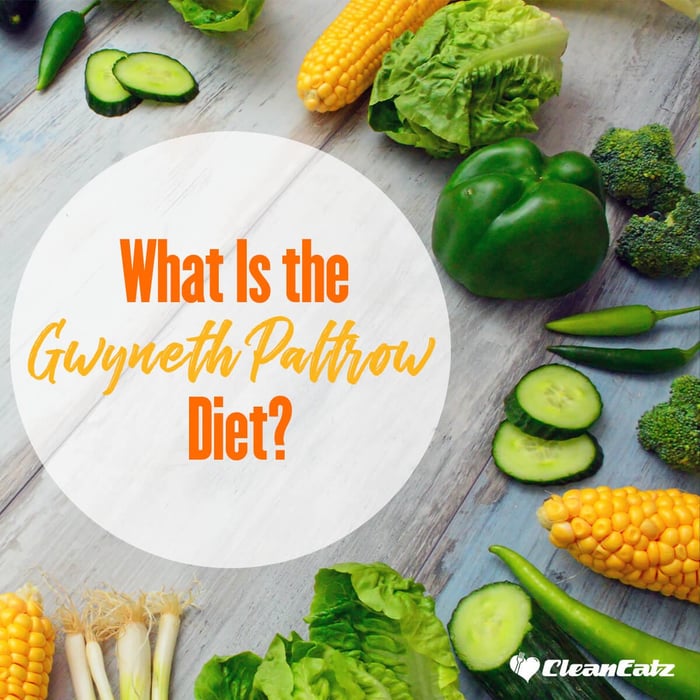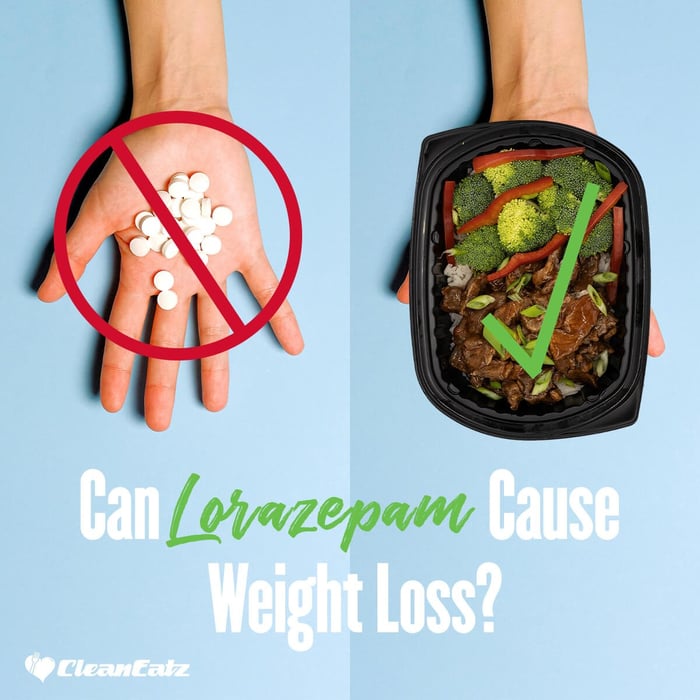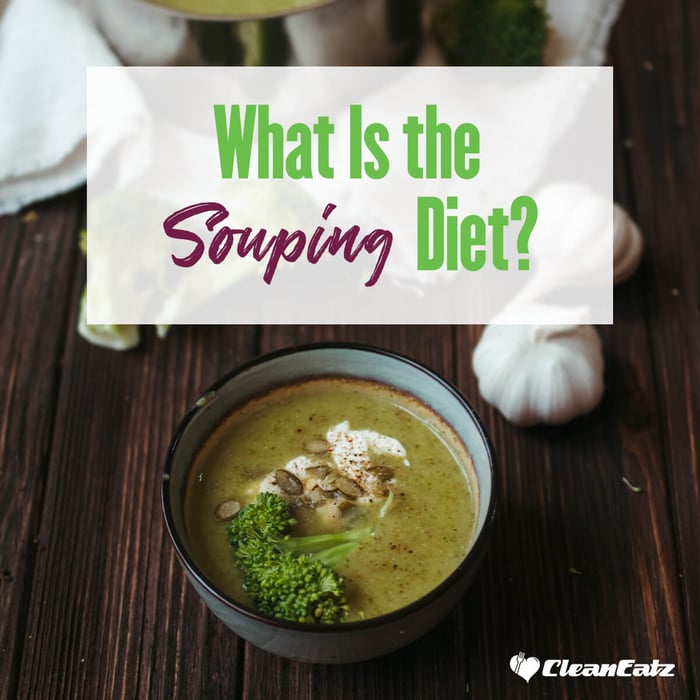Last updated: September 2025
Quick answer: The Gwyneth Paltrow diet is a clean-eating, plant-forward approach that emphasizes whole foods—vegetables, fruits, legumes, whole grains, nuts, seeds, and healthy fats—while limiting sugar, gluten, dairy, pork, fast food, and heavily processed items. Some people also include small amounts of lean poultry or fish. Lifestyle practices like yoga, meditation, and stress management often accompany this way of eating.
Gwyneth Paltrow’s Diet at a Glance
- Core idea: clean, mostly plant-based eating with balanced, whole-food meals.
- Typical plate: lots of vegetables (leafy greens, crucifers, roots), legumes, whole grains, nuts/seeds, olive oil, avocado.
- Animal protein: some versions include limited organic poultry and fish.
- Wellness add-ons: yoga, meditation, reiki/mindfulness, regular movement, stress management.
Foods to Eat
- Vegetables: kale, collard greens, spinach, cauliflower, broccoli, beets, sweet potato.
- Plant proteins: legumes (beans, lentils), tofu/tempeh; nuts and seeds.
- Whole grains: brown rice, quinoa, oats, and other minimally processed grains.
- Healthy fats: olive oil, avocado, nuts, seeds.
- Dairy alternatives: fortified plant milks such as oat or almond for those who avoid dairy.
- Optional: limited servings of organic poultry or fish each week if you include animal protein.
Foods to Limit or Avoid
- Added sugar and ultra-processed sweets
- Gluten-containing grains and products
- Dairy products (if you choose to avoid them)
- Pork and fast food
- Heavily processed or fried foods
Potential Benefits
A plant-forward pattern built around whole foods can support overall health by emphasizing vegetables, fiber, and unsaturated fats while reducing ultra-processed foods. Many people also find the mindfulness and stress-reduction practices helpful for consistent habits.
Potential Risks & Considerations
- Nutrient gaps: Strict versions may underdeliver iron, calcium, and vitamin B12—plan coverage or consult a professional.
- Limited options/social fit: Avoiding multiple food groups can be challenging at restaurants or when cooking for others.
- Not one-size-fits-all: Personalize to your needs and talk with a clinician or dietitian before making big changes.
Getting Started: Practical Tips
- Start slow: try one meat-free meal a day or swap refined snacks for fruit/veg + nuts.
- Find substitutes: zucchini “noodles,” almond flour bakes, plant milks in coffee and oats.
- Make it enjoyable: test new recipes, cook with friends, or plan a produce-heavy picnic.
- Make it easy: if you want a clean-eating vibe without the work, explore our Weight-Loss Meal Plan, customize with Build-a-Meal Plan, or stock quick breakfasts like Overnight Oats.
1-Day Sample Menu (Plant-Forward, No Dairy/Gluten)
Example only—adjust portions to your needs.
- Breakfast: veggie scramble (spinach, mushrooms) with avocado; side of fruit. Or Overnight Oats made with almond/oat milk.
- Lunch: big salad (leafy greens, roasted veggies, chickpeas), olive-oil vinaigrette, seeds.
- Snack: apple + almond butter, or hummus with carrots/cucumber.
- Dinner: quinoa bowl with roasted cauliflower, sweet potato, kale, tahini-lemon sauce. Optional: small portion of organic poultry or fish if you include animal protein.
- Evening wind-down: herbal tea; short stretch or meditation.
Starter Pantry & Shopping List
- Produce: leafy greens, crucifers (broccoli/cauliflower), beets, sweet potatoes, onions, citrus, berries.
- Plant proteins: lentils, chickpeas, black beans; tofu/tempeh; nuts/seeds; hummus.
- Grains: quinoa, brown rice, certified gluten-free oats.
- Fats & flavor: extra-virgin olive oil, avocado, tahini, herbs, garlic, spices, lemon.
- Dairy swaps: fortified almond or oat milk, coconut yogurt (unsweetened).
Common Pitfalls & Easy Fixes
- Too low on protein: add legumes or tofu/tempeh at meals; sprinkle seeds; consider a plant-based protein smoothie.
- Relying on ultra-processed “healthy” snacks: keep whole-food snacks handy (fruit + nuts, veggies + hummus).
- All-or-nothing thinking: start with one plant-forward meal per day; expand as it becomes routine.
- Dining out stress: choose veggie-heavy mains; swap fries for greens; ask for dressings on the side.
How This Differs from Typical Clean-Eating Plans
Compared with general clean-eating, the Gwyneth Paltrow diet more explicitly limits sugar, gluten, dairy, pork, fast food, and many highly processed items, while leaning harder into vegetables, legumes, whole grains, and mindful lifestyle practices (yoga, meditation, stress management).
Related reads: Is Milk Good for Weight Loss? · Is Soup Good for Weight Loss? · Are Carrots Good for Weight Loss?
FAQs
What is the Gwyneth Paltrow diet?
A clean-eating, plant-forward approach that centers whole foods and limits sugar, gluten, dairy, pork, fast food, and highly processed items—often paired with mindfulness and movement.
What foods are included?
Vegetables (leafy, cruciferous, root), legumes, whole grains, nuts/seeds, healthy fats, and optionally limited poultry/fish. Dairy alternatives like almond or oat milk are common.
What foods are avoided?
Added sugars, gluten-containing products, dairy (if avoiding), pork, fast food, and highly processed items.
What are the potential benefits?
More plants and fewer ultra-processed foods may support overall health and energy; mindfulness practices can improve consistency.
Any risks I should know about?
Strict restrictions can create nutrient gaps or be hard to sustain. Personalize and consult a healthcare professional if needed.
References
Disclaimer: This article is for general information only and not medical advice.




